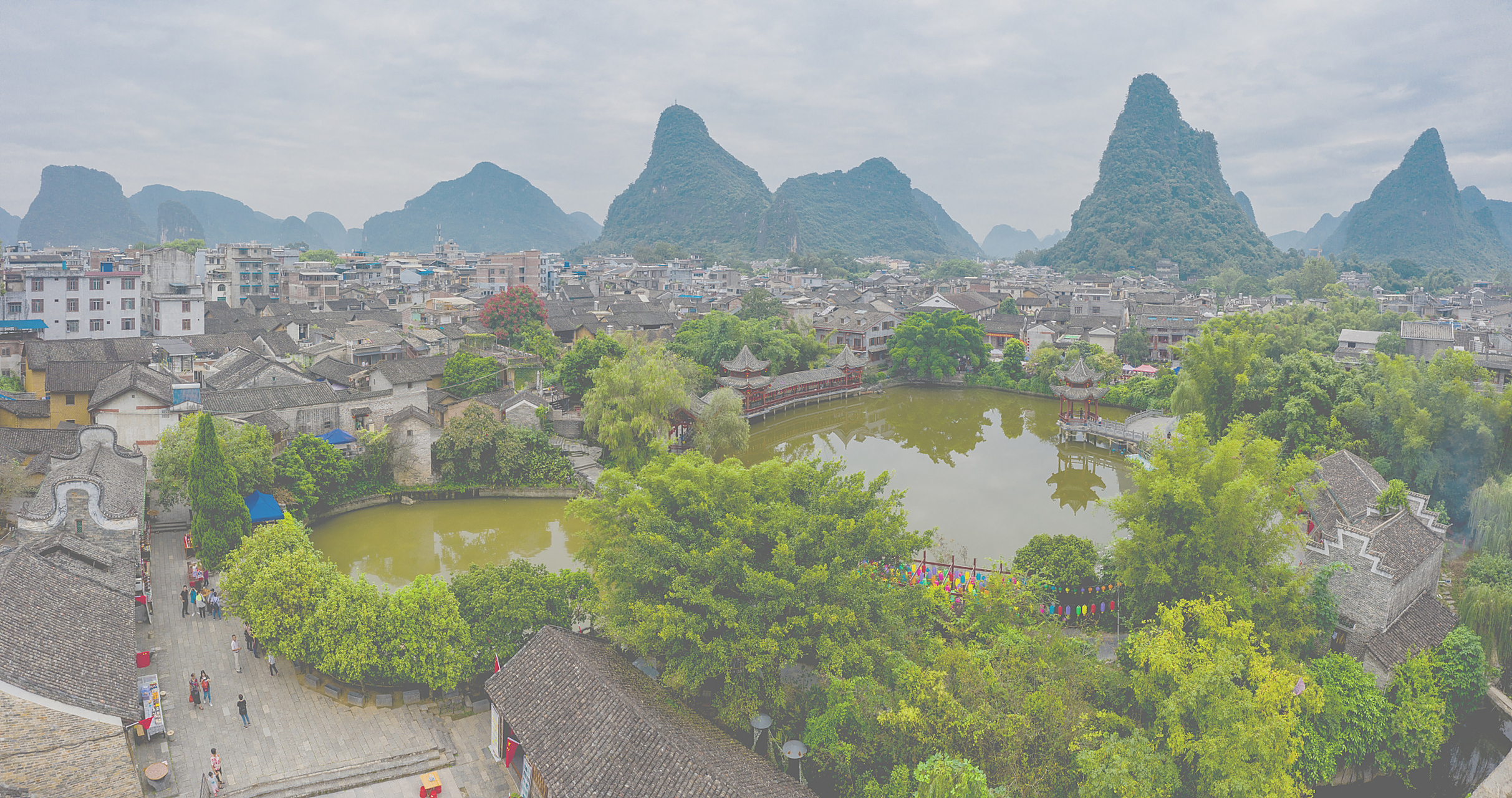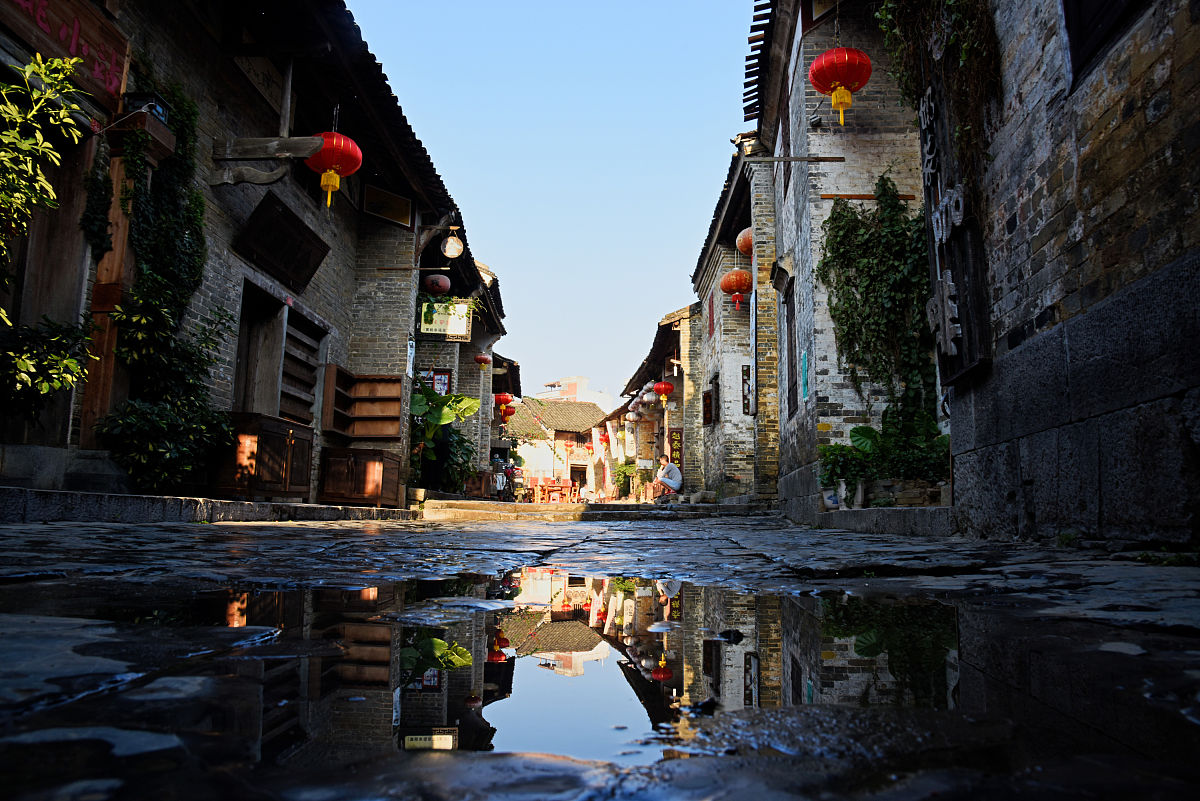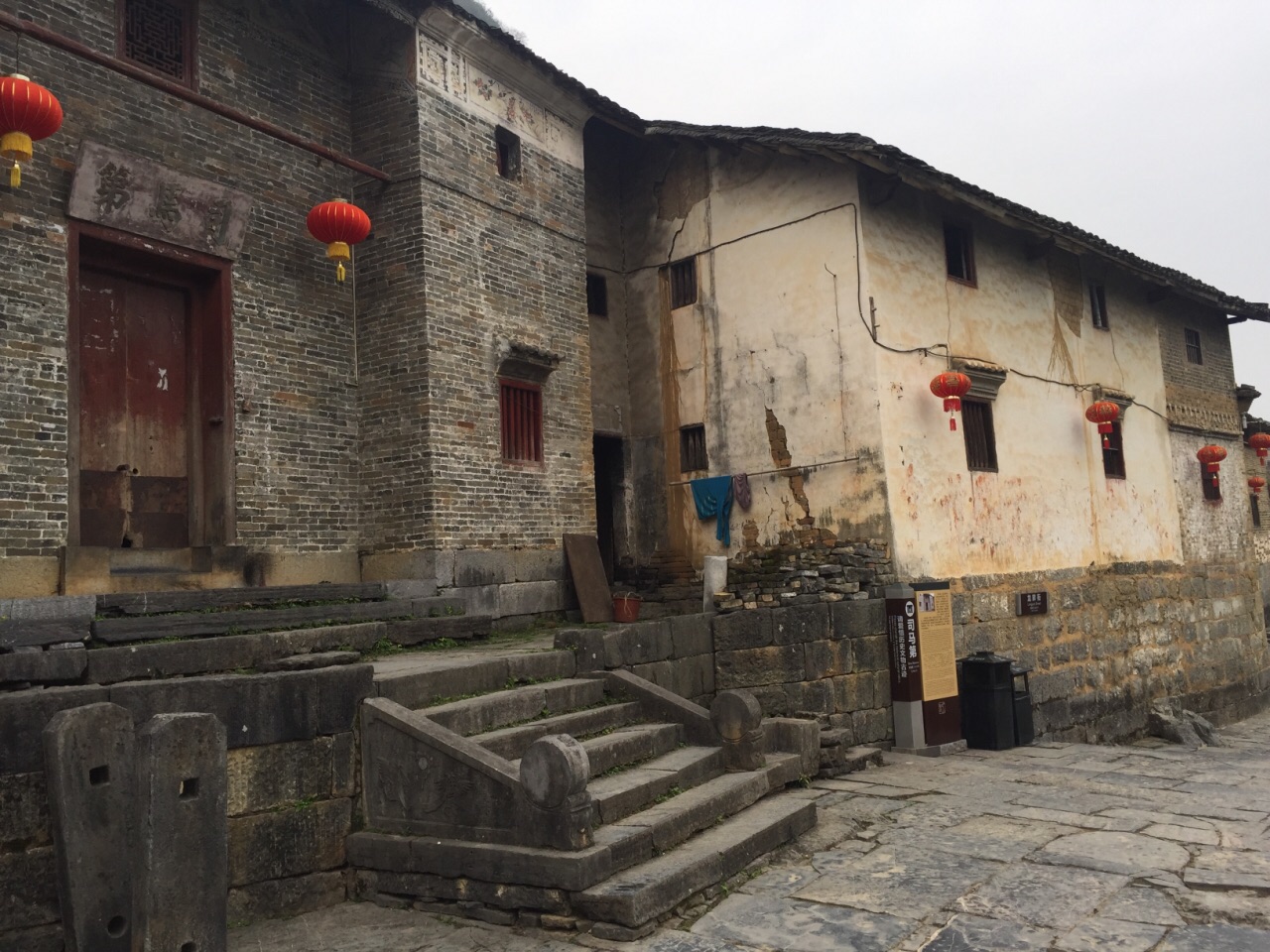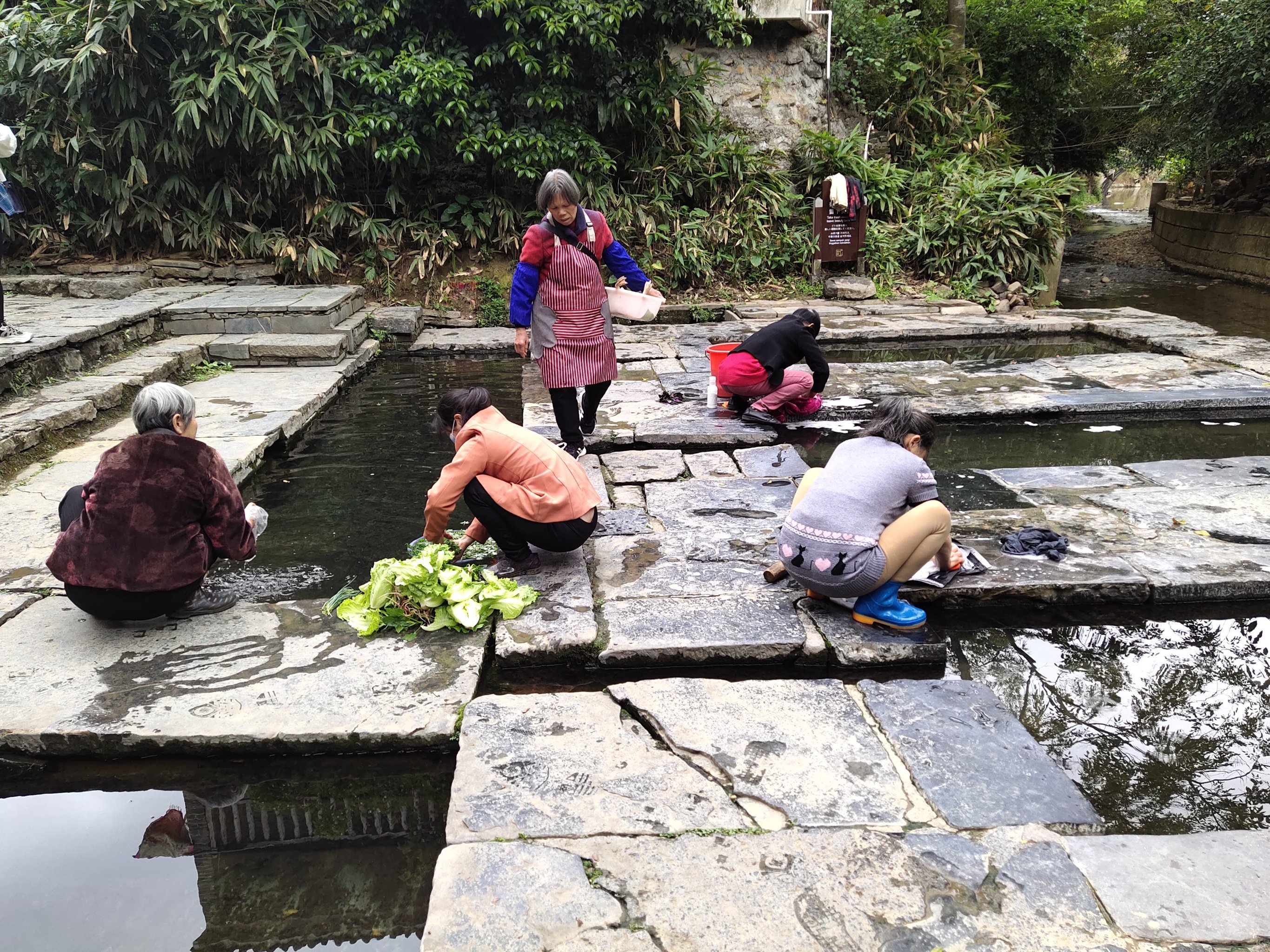
Located in the northeastern part of Zhaoping County, Hezhou City, Guangxi, Huangyao Ancient Town was founded during the Song Dynasty and has a history of nearly a thousand years. It gets its name from the large population of Huang and Yao families. This ancient town, hidden among the mountains of eastern Guangxi, has been praised by experts and scholars as "a living fossil of Lingnan ancient architecture" and "China's most valuable ancient town for tourism."
Surrounded by green mountains and clear waters, Huangyao Ancient Town preserves well-preserved architecture from the Ming and Qing Dynasties, including over 300 ancient residential houses, more than 100 ancestral halls, and over 20 ancient pavilions. The architectural style combines Lingnan, Hakka, and Huizhou characteristics. The town is famous for its "five abundance": many mountains, many waters, many bridges, many pavilions, and many ancestral halls, forming a unique landscape where "where there are mountains, there must be water; where there is water, there must be bridges; where there are bridges, there must be pavilions; where there are pavilions, there must be couplets; where there are couplets, there must be plaques."
Unlike other heavily commercialized ancient towns, Huangyao still retains its original ecological atmosphere. Local residents continue to live here, and the town is particularly peaceful and charming in the early morning and evening. For a long time, the town remained isolated from the outside world due to inconvenient transportation, which is precisely what allowed its primitive style to be well preserved.
Today, Huangyao Ancient Town has become an ideal place for many tourists to find tranquility and trace history, as well as a filming location for many film and television crews. Films such as "The Painted Veil" and "Tea is Fragrant in Hometown" were shot here. Walking on the bluestone paths and穿梭于古朴的街巷之间, you feel as if you've traveled back in time to that distant era.
Huangyao Ancient Town has an exquisite layout with numerous attractions, each bearing historical memories and traces of time. The town was built according to the "Nine Palaces and Eight Trigrams" layout, with streets and alleys crisscrossing yet well-organized. Walking through it, you'll constantly make surprising discoveries. From ancient bridges to exquisite ancestral halls, from peaceful ponds to scattered pavilions, they form Huangyao's unique cultural landscape.
The most representative bridge in the ancient town, built during the Ming Dynasty. It is a single-arch stone bridge, 22 meters long and 3 meters wide, with a pavilion on top. In the early morning, the bridge's reflection in the water, together with the surrounding ancient houses, forms a beautiful picture, making it a landmark of Huangyao.

The main streets of the ancient town consist of 8 main streets and 36 small alleys, all paved with bluestone that has been smoothed by a thousand years of footsteps. On both sides of the streets are well-preserved Ming and Qing period shops with upturned eaves and carved beams, faintly showing the prosperity of the past.

One of the best-preserved Ming and Qing residences in the ancient town, it was the mansion of a Qing Dynasty official. It got its name because the owner served as a "Sima" official. The residence has a strict layout with exquisite brick and wood carvings, and the "Simadi" plaque is well-preserved, making it an important physical object for studying Lingnan ancient architecture.
An ancient banyan tree with a history of over 850 years, named for its thick aerial roots that resemble dragon claws. The tree is lush with foliage covering an area of over 200 square meters, and its roots are intricately intertwined, forming a unique landscape with the nearby ancient bridge and flowing water. It is regarded as a "guardian" by the local people.

Consisting of five connected ancient wells, built during the Ming Dynasty and still in use today. Each well has its own purpose: the first for drinking water, the second for washing vegetables, the third for washing clothes, and the fourth and fifth for washing miscellaneous items, reflecting the wisdom of ancient people. The well water remains clear throughout the year and has never dried up.
Located at the highest point in the northeastern part of the ancient town, it was built during the Qing Dynasty as a defensive structure. The tower is 10 meters high with three floors, and climbing to the top offers a panoramic view of the ancient town. Historically, it was used to watch for enemies and prevent bandits. Today, it has become a popular spot for tourists to climb high and take panoramic photos of the ancient town.
The architecture of Huangyao Ancient Town is an outstanding representative of Lingnan architectural art, combining the essence of multiple architectural styles to form unique local characteristics:
The folk culture of Huangyao Ancient Town is rich and colorful, being a model of the integration of Lingnan culture and Hakka culture, and many traditional customs are still preserved today:
Dragon and lion dances and temple fairs during the Spring Festival are lively and extraordinary; the "Lantern Festival" on the 15th day of the first lunar month is the town's grandest festival, with every household hanging lanterns and holding grand sacrificial ceremonies; the dragon boat race on the 5th day of the fifth lunar month has a long history and is a traditional activity to commemorate Qu Yuan and pray for peace. In addition, Huangyao's folk arts such as folk songs, colorful drama, and shadow puppetry are also unique and loved by tourists.
As a well-preserved millennium ancient town, Huangyao has important historical research value:
| Spring (March-May) | Blossoming flowers, pleasant climate |
| Summer (June-August) | Abundant rainfall, lush greenery |
| Autumn (September-November) | Clear autumn sky, most beautiful scenery |
| Winter (December-February) | Fewer tourists, strong Spring Festival atmosphere |
Day 1: Arrive at Huangyao → Stone Streets → Dailong Bridge → Dragon Claw Banyan → Simadi Residence
Day 2: Immortal Ancient Well → Watchtower → Ancient Stage → Guo Family Ancestral Hall → Return
Based on the two-day tour, add: surrounding rural scenery, boat ride on Yao River, participation in local folk activities
Zhaoping County, Hezhou City, Guangxi Zhuang Autonomous Region
Song Dynasty (972 AD)
Approximately 3.6 square kilometers
National AAAAA Tourist Attraction
Han, Zhuang, Yao, Hakka, etc.
Huangyao fermented black beans, Polygonatum wine, green plum wine, tea leaves